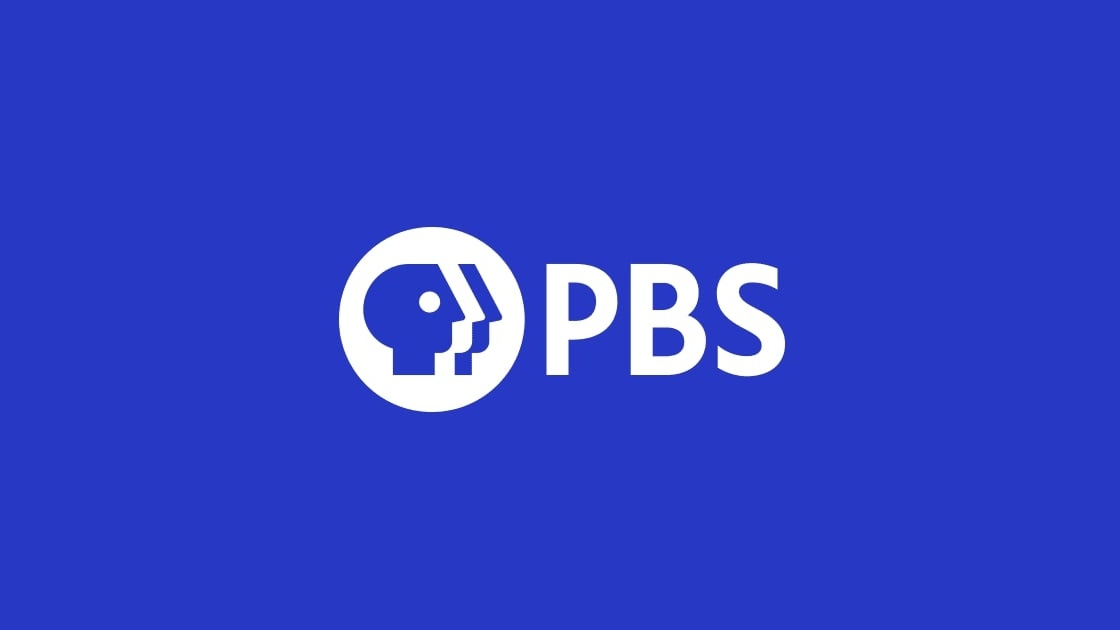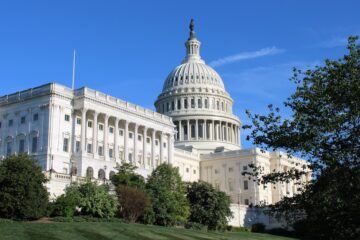Congressmen aim to generate bipartisan support for letter on CPB funding
Two members of the U.S. House are building bipartisan support for a letter backing funding for CPB, Ready To Learn and public broadcasting’s interconnection system, to be sent to colleagues in Congress.
Reps. Earl Blumenauer (D-Ore.) and Dave Reichert (R-Wash.) are leading the effort. Blumenauer is founder and chair of the Congressional Public Broadcasting Caucus.
The letter will be sent April 6 to members of the Labor, Health and Human Services, Education and Related Agencies Appropriations Subcommittee, which handles CPB funding. It’s chaired by Rep. Tom Cole (R-Okla.) Last year’s letter was signed by a bipartisan group of 132 members of the House.
President Trump proposed eliminating CPB funding in his initial budget blueprint for fiscal year 2018.
Here is the text of the House letter:
Dear Chairman Cole and Ranking Member [Rosa] DeLauro:
Thank you for your steadfast support of our local public broadcasting stations. Under your bipartisan leadership, Congress has for many years consistently provided resources to support local public broadcast stations through the Corporation for Public Broadcasting, the Ready To Learn grant program, and the replacement of public media’s interconnection system.
As you begin to craft the Labor, Health and Human Services, Education and Related Agencies appropriations bill, we urge you to continue this legacy and strongly support the Corporation for Public Broadcasting (CPB), the Ready To Learn program, and public broadcasting interconnection in FY 2018.
These federal investments are critical to public media’s mission to provide unique services in the areas of education, public safety, and civic leadership to all Americans. These services have helped more than three generations of Americans learn to read, improved the math and literacy skills of high-need children, deepened American’s connections to their communities and the world, and successfully brought in-depth, local news, information and cultural programming to communities large and small as well as parts of America that are underserved or otherwise unprofitable for traditional media to reach.
Leveraging Value
The relatively small federal investment in public broadcasting is leveraged for even greater impact. Approximately 70 percent of funds appropriated to CPB go directly to the more than 1,500 public television and radio stations across the country, supporting approximately 20,000 local jobs, and representing the only locally licensed, controlled, and directed media in America. Every federal dollar invested in public broadcasting is seed money that is leveraged by local stations to raise six additional dollars on their own from the communities they serve.
Education
Public media is committed to education and service to all Americans. Thanks to public broadcasting, Americans at all income levels and from all parts of the country—rural or urban—have access to consistent, high-quality content for free. This innovative and educational programming is readily available to children, parents, teachers, senior citizens, those pursuing their general education degree, and many others.
Public broadcasting is making especially significant contributions to children’s education through the Ready To Learn program. More than 100 studies during the last several Ready To Learn competitive grant rounds have proven that this program’s research-based content builds and improves the early literacy and math skills for high-need children, ages two to eight. From June 2015 through May 2016, 19.1 million children viewed Ready to Learn television content, and in calendar year 2016 there were 12.3 million page views to all Ready To Learn web games. For the 54% of American children who don’t have the means or opportunity to attend preschool, Ready To Learn content provides an essential “school readiness” experience.
Public Safety
Public safety is an often overlooked mission that public broadcasters have embraced with growing impact. In times of national emergency, and as active participants in the presidential alerting system, the combined strength of local public radio and television broadcast signals can reach 98% of the American population. Public television stations provide critical redundancy through the Warning, Alert, and Response Network (WARN), which sends geo-targeted Wireless Emergency Alert messages from the Federal Emergency Management Agency (FEMA) to cellular carriers. Many stations are also effective partners with state and local public safety, law enforcement, and first responder organizations—connecting these agencies with one another, with the public, and with vital datacasting capabilities that use the broadcast spectrum to help first responders securely send critical information and video during times of crisis. Several recent datacasting pilots conducted by the Department of Homeland Security in conjunction with public television stations have demonstrated the ability of this technology to help address the communications challenges facing the public safety community.
Civic Leadership
Our public broadcasting system is a unique American institution that provides civic leadership, strengthens our local communities, and enables our constituents to have free, locally produced and focused programming as well as in-depth reporting. Public broadcasters have retained the trust of the American people in the comprehensive, transparent, objective, and civil coverage of news and public affairs, serving as essential resources for a well-informed citizenry. Public broadcasting stations are an indispensable source of information about the nation and the world, drawing on skilled journalists, documentarians, historians and local and national experts in a range of fields.
Whether it’s a state high school athletic tournament, public access to sessions of a state legislature, diverse reporting from neighborhoods in every American community, or debate coverage of a local election, public broadcasting keeps America’s communities informed.
In rural areas, where public broadcasting stations can be the only source of free, high-quality local programming available to families, funding from CPB can amount to more than half of some rural stations’ budgets. This is a gap that cannot be closed by increased underwriting revenue or donor support.
Interconnection
All of these services depend on public broadcasting’s interconnection – the technological infrastructure and supporting operations that provide every local public media station across the country with access to programming from national, regional, and independent content providers. Public broadcasting’s public safety work also relies on interconnection as the failsafe for presidential alerts and warnings and ensures that cellular customers can receive geo-targeted emergency alerts and warnings.
The current interconnection infrastructure for public broadcasting stations must be replaced as a result of aging technology and expiring long-term satellite leases. This multi-year project represents an essential element of public broadcasting’s continued public media service to every corner of America. Thank you for your recognition of this important project and for the year one funding that was provided in FY 2016 and proposed for continuation in the FY 2017 Committee bill. Continued funding is needed in FY 2018 to proceed with the critical work that is now underway.
We urge you to continue your support for our nation’s public broadcasting system by providing sufficient resources for the Corporation for Public Broadcasting’s two-year advance, the Ready To Learn grant program and the public broadcasting interconnection system in the FY 2018 Labor, Health and Human Services, Education and Related Agencies appropriations bill.
Thank you for your consideration and attention to this request.









The letter ignores the elephant in the room. According to PEW, only 53% of people have heard of NPR, and those that listen is about 20% of the country. Drilling down, the audience self identifies
67% as left-of-center.
Perhaps worse, is that only 3% of consistent conservatives trust NPR.
Here is an open letter: STOP TAXING US FOR SLANTED NEWS.